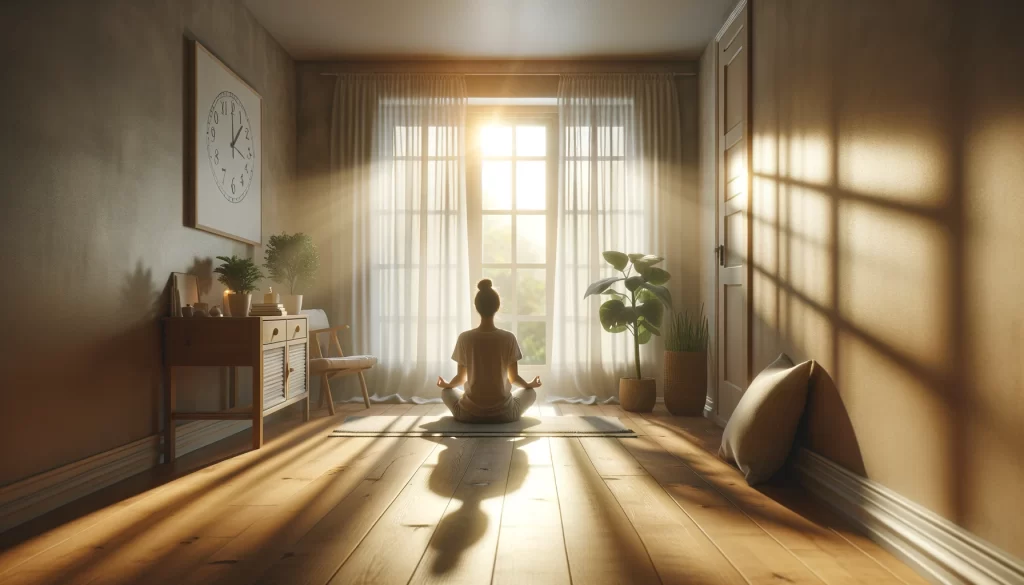In a world that celebrates speed and productivity, the art of slow living stands out as a peaceful rebellion against the hustle and bustle of modern life. Slow living is more than just a trend; it’s a lifestyle choice that encourages us to pause, breathe, and truly savor each moment. This philosophy doesn’t ask us to shun technology or ambition but rather to find a more harmonious balance between our desires and our well-being. Here, we explore the core principles of slow living—mindfulness, simplifying life, and cultivating deeper connections—and how we can integrate them into our daily routines.
Mindfulness: The Foundation of Slow Living
Mindfulness is at the heart of slow living. It involves being fully present and engaged with whatever we’re doing, free from distractions or overwhelming thoughts about the past or future. You can practice mindfulness through meditation, but it’s also about bringing a mindful approach to everyday activities. Whether it’s savoring your morning coffee, listening intently during conversations, or immersing yourself in a hobby, mindfulness encourages us to appreciate the richness of the present moment.

Simplifying Life: Less is More
Simplifying your life is a key aspect of slow living. It’s about decluttering your physical and mental space, letting go of unnecessary possessions, commitments, and worries. Start by evaluating what truly matters to you and focus on those elements. Simplifying might mean downsizing your belongings, prioritizing quality over quantity, or reducing your engagement in social media. By clearing the clutter, you create more space for what brings you joy and peace.
Deepening Connections: With Self and Others
Slow living emphasizes the importance of nurturing deep, meaningful connections with ourselves and others. It advocates for spending quality time with loved ones, engaging in activities that foster self-discovery, and cultivating a community that supports and uplifts each other. These connections are vital for our emotional and psychological well-being, offering a sense of belonging and fulfillment that the fast-paced external world cannot provide.
Integrating Slow Living into Your Daily Routine
- Start Your Day Mindfully: Begin each day with a mindful practice, such as meditation, journaling, or a gentle stretching routine. This sets a calm, reflective tone for the day ahead.
- Single-Task: Focus on one task at a time. This not only improves your efficiency but also allows you to fully engage with the task, making it more enjoyable and fulfilling.
- Nature Time: Spend time in nature regularly. The natural world has a calming effect on the mind and body, reminding us of the slow, rhythmic patterns of life.
- Unplug: Allocate certain times of the day or week when you disconnect from digital devices. This helps reduce stress and fosters deeper engagement with the physical world and the people in it.
- Savor the Simple Pleasures: Make it a habit to notice and savor the small joys in life, whether it’s a beautiful sunset, a delicious meal, or a warm bath.
Slow living offers a path to a more balanced life
The art of slow living offers a path to a more balanced, fulfilling life. By embracing mindfulness, simplicity, and deeper connections, we can transform our daily routines into a series of meaningful moments. Slow living doesn’t mean doing everything at a snail’s pace; it’s about finding the right speed for you, allowing you to experience life more fully. As we begin to slow down, we discover the beauty and richness that life has to offer, right here, right now.